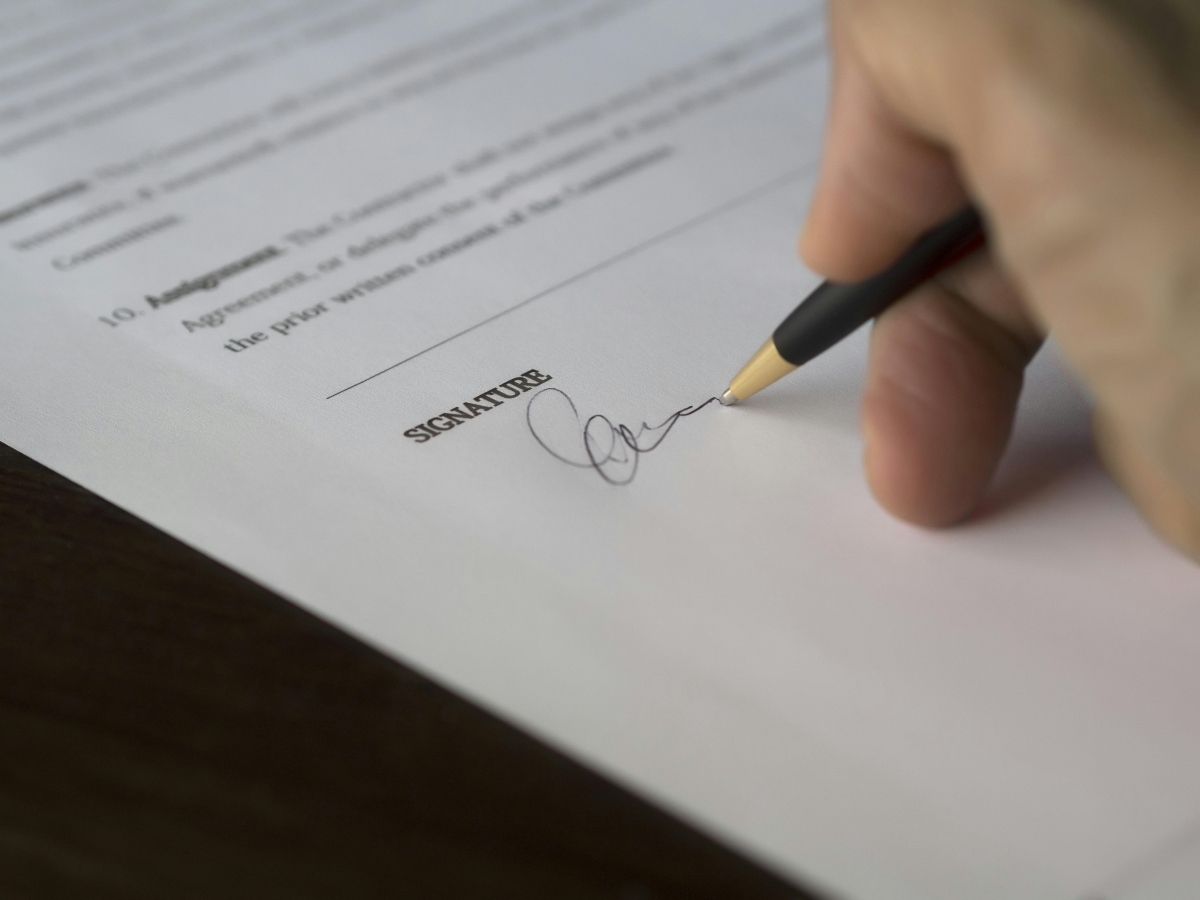The hardest part of buying a property – though for many, it’s also the most enjoyable – is finding the right one.
While real estate agencies have become almost essential to this process, prospective buyers should remain directly involved and ready to act swiftly when opportunities arise. Malta’s property market moves fast, and it’s not uncommon for a well-priced property to sell on the same day it’s listed. Luxury properties, however, tend to be less affected by this rapid pace.
For those hoping to score a bargain, patience is key – such opportunities are rare. The low cost of holding property, coupled with the fact that property investors tend to be fairly liquid, means there is little urgency to sell, except in cases of personal circumstances. Establishing relationships with multiple property agents from different agencies can be a smart move, as they may alert you to new listings the moment they hit the market.
Once you’ve found the right property and agreed on a price with the seller, the buying process is relatively straightforward.

















